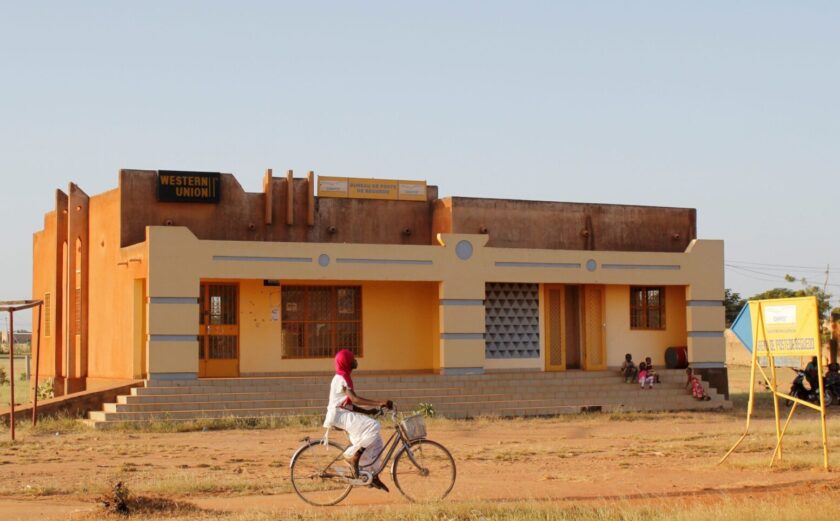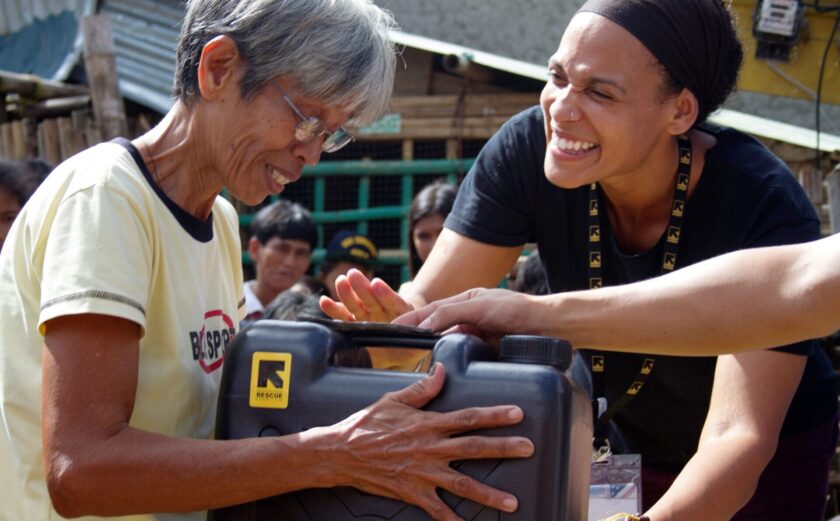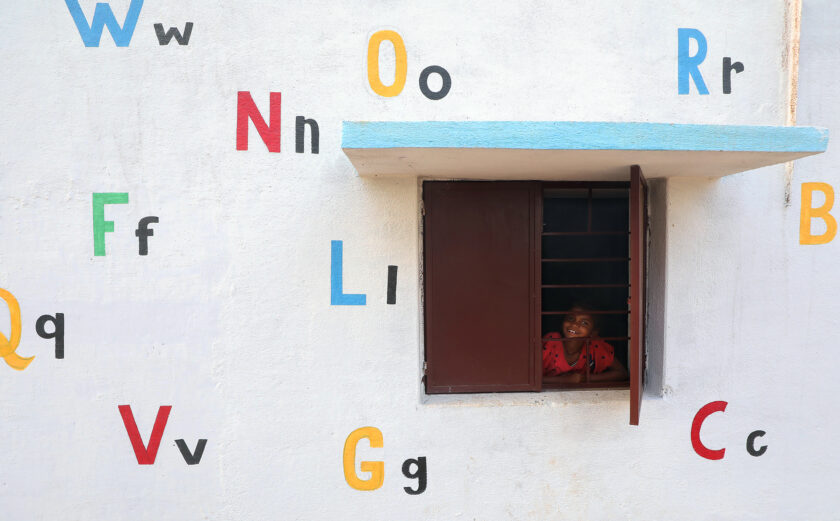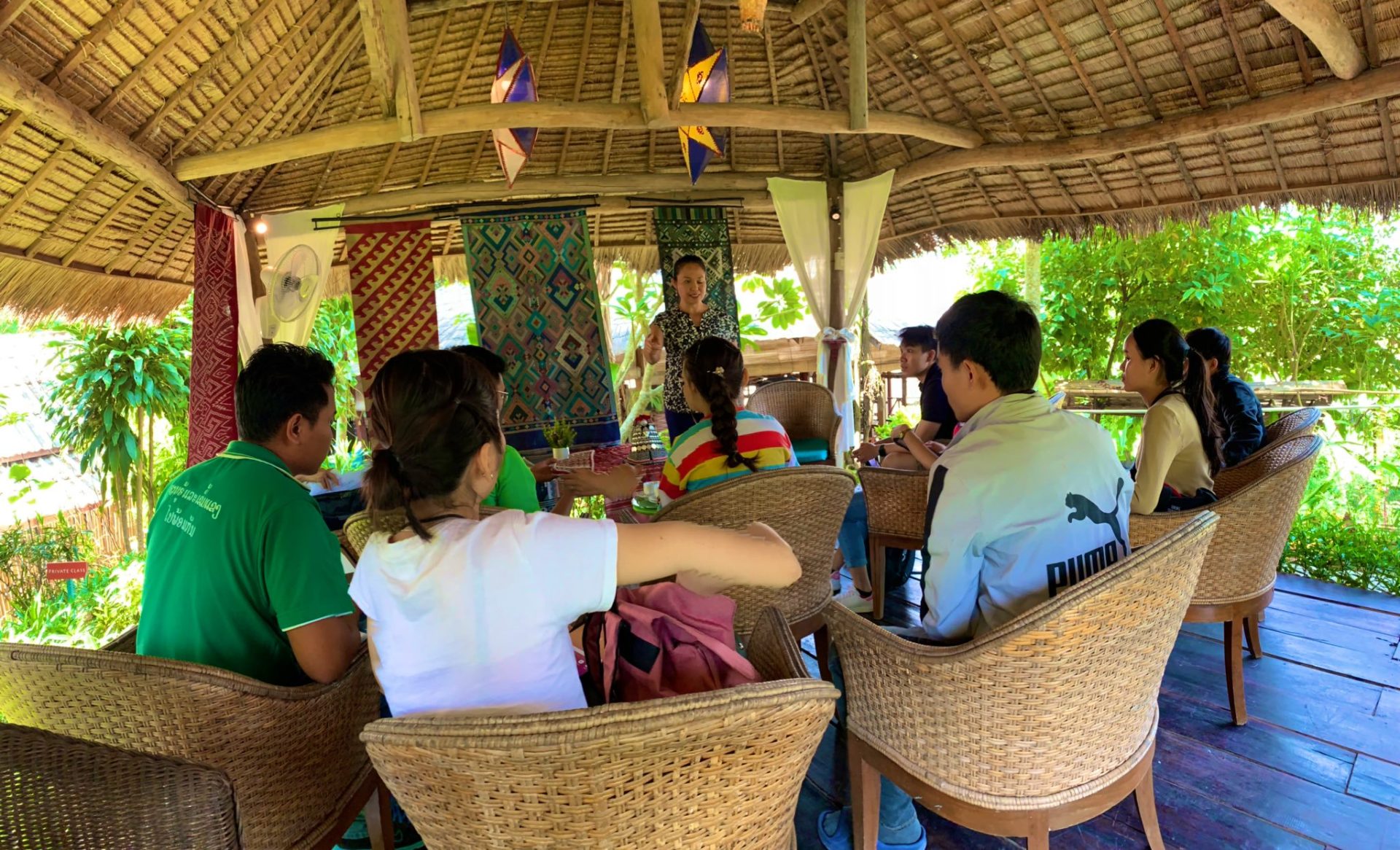
Storytelling as Activism: Part 3
One Country, Many Cultures
Culture is an active part of everyone’s life. It influences our views, inspires our values, shapes our sense of humor, and is rooted in our soul.
Culture can simultaneously divide and unite.
Laos’ culture is no different. Laos is home to 6.49 million people who are distributed among four main ethnolinguistic groups, representing over 100 ethnic groups and sub-groups. The vibrant traditional culture and indigenous knowledge of this diverse population permeate into all aspects of Lao life.
To help break down the partitions in Laos’ culture and remind people that there is more that joins them together than divides them, this week, ten Lao youth activists have come together to learn how to tell the stories of Laos’ marginalized populations.
To chronicle the lives of different Lao ethnic groups, the activists traveled to Khmu and Hmong ethnic villages. The Khmu live in northern Laos and are the largest minority ethnic group, comprising 11% of the total population. The Hmong have their own spoken and written language, and constitute the third largest ethnic group in Laos, making up about 8% of the population. Two very different cultures, but both Laotian.
I was lucky enough to join them on their journey.
While walking through the village with the village elders, the activists spoke to people about their lives and routines. They asked where their children went to school, how they farmed in the mountains, and what it was like to live there as a community.
During our walk, one of my participants came up to me and quietly proclaimed, “This reminds me of home.” I smiled and asked him, “Do you get to go back home often?” He shook his head and looked down, “No. It’s far away. I am in school now. I am lucky.”
He was right—he is lucky.
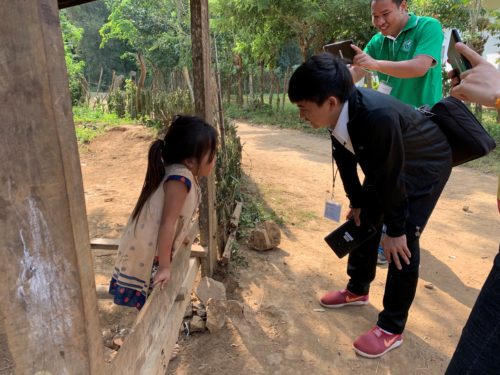
InterAction Member Save the Children tells us that Laos’ primary school drop-out rates are high, particularly in remote and rural areas. Of the 10,553 villages country-wide, only 45% have schools that go up to grade 3, and 20% of communities have no schools at all. The lack of education in small villages leaves uneducated minority groups without a voice and at times ignored by the rest of the population. That’s why this work is so important.
Because minority ethnic groups continue to live on the outskirts of society, unheard and excluded from mainstream social, cultural, economic and political life, young Laotians are trying to find ways to amplify the voice of the voiceless. One of the ways they will be doing that is through photography.
Watching the young activists interact with the village community is a memory I will never forget. I saw them play hide-and-seek with young children, squat down for a snack with a local farmer, and speak with the elders about the future of the village.
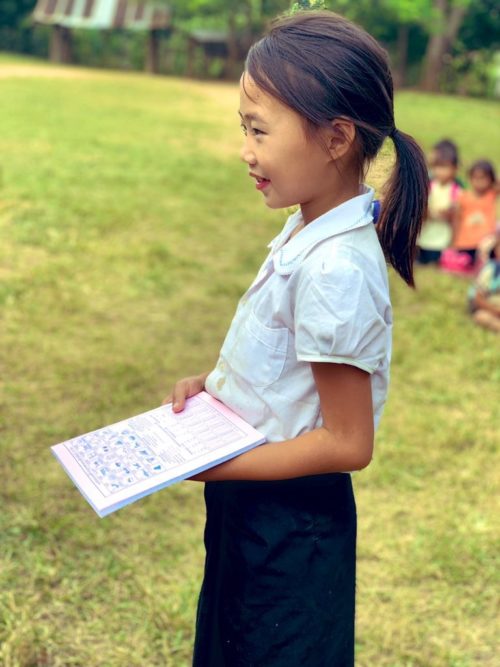
In each of these small moments, no one thought about ethnicity, social status, or religion. They were united as the people of Laos.
And that’s why I’m here: to help give these young people the tools to tell these important stories. Using photography, they’re reminding all of Laos that, despite the differences between people, everyone’s voice is important and everyone’s story is worth hearing.



